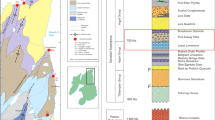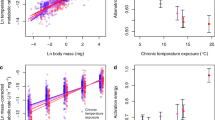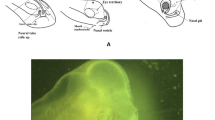Abstract
Darwin already commented on the lateness in the fossil record of the emergence of the animals, calling it a valid argument against his theory of evolution^1^. This emergence of the animals (metazoans: multicellular animals) has therefore attracted much attention^2-5^. Two decades ago it was reported that extensive global glaciations (Snowball Earths) preceded the emergence^6-7^. Here we causally relate the emergence and the glaciations by invoking benthic sessile^8-11^ thermosynthesizing^12-13^ protists that gained free energy as ATP while oscillating in the thermal gradient between a submarine hydrothermal vent^14^ and the ice-covered ocean. During a global glaciation their size increased from microscopic to macroscopic due to the selective advantage of a larger span of the thermal gradient. At the glaciation's end the ATP-generating mechanisms reversed and used ATP to sustain movement. Lastly, by functioning as animal organs, these protists then through symbiogenesis^15-17^ brought forth the first animals. This simple and straightforward scenario for the emergence of animals accounts for their large organ and organism size and their use of ATP, embryo and epigenetic control of development. The presented hypothesis is testable by collecting organisms near today's submarine hydrothermal vents and studying their behaviour in thermal gradients easily constructed in the laboratory. The scenario is extended to a general model for the emergence of biological movement^18^.
Similar content being viewed by others
Article PDF
Author information
Authors and Affiliations
Corresponding author
Rights and permissions
About this article
Cite this article
Muller, A. Animal emergence during Snowball Earths by thermosynthesis in submarine hydrothermal vents. Nat Prec (2009). https://doi.org/10.1038/npre.2009.3333.2
Received:
Accepted:
Published:
DOI: https://doi.org/10.1038/npre.2009.3333.2



